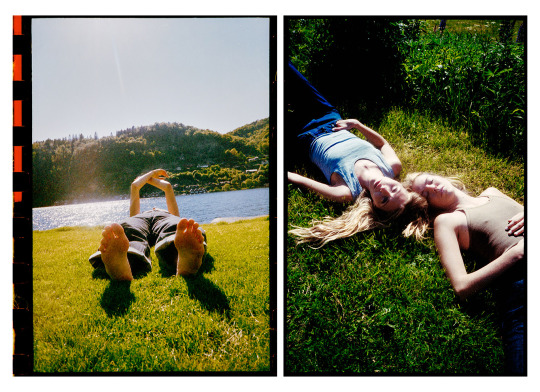#lindesnes
Text
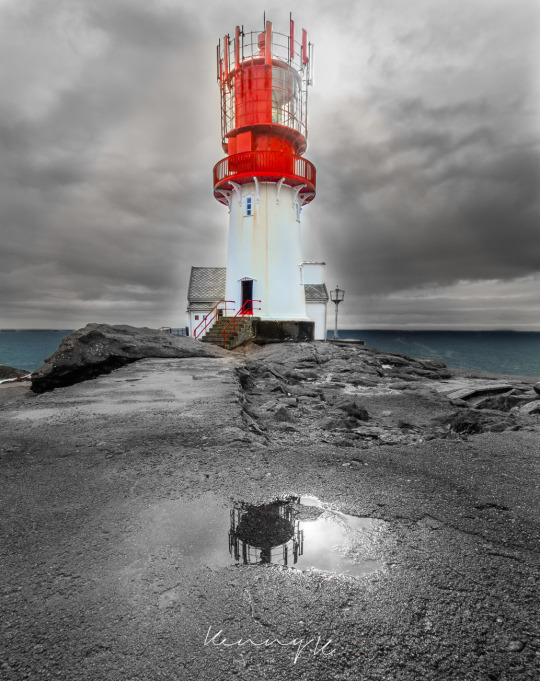
Dirty Light.
An example of what you can do on a day with flat light, and cloudy conditions, at a lighthouse. You can make things interesting, for sure.
All rights reserved. www.scandiinc.com
#lindesnes#lighthouse#coastal#switched#reflexions#reflections#cloudhouse#stormy#seascape#northsea#flatlight#photographycourses#scandiinc#arctickenny#artforsale
0 notes
Photo
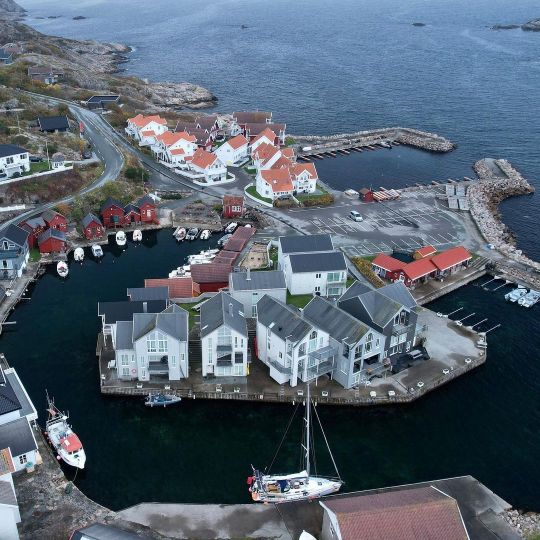
Lillehavn der südlichste Hafen in Norwegen 🇳🇴 Der Wind lässt uns nicht weiter düsen. Da ist so ein Mikrohafen doch willkommen. #lindesnes #norway #lighthouse #travel #iceland #xtripontour @xtrip_sailing #boatlife (hier: Lillehavn, Vest-Agder, Norway) https://www.instagram.com/p/CkEMPIpLV71/?igshid=NGJjMDIxMWI=
0 notes
Photo
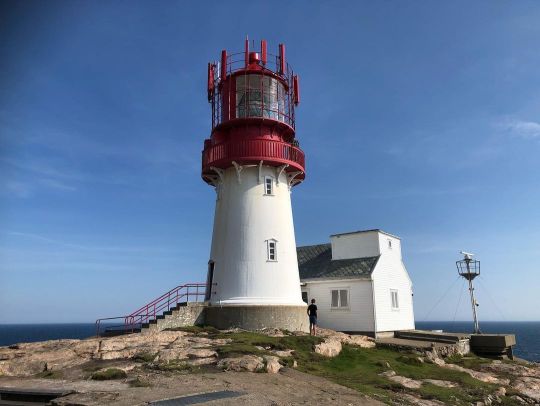
#Norwegen bei Lindesnes, dem südlichsten Punkt Norwegens. 👍 #lindesnes #norway #natur #skandinavien #leuchtturm #lighthouse (hier: Lindesnes fyr) https://www.instagram.com/p/ChSuectvHq1/?igshid=NGJjMDIxMWI=
1 note
·
View note
Text
The underwater restaurant in Lindesnes. Norway 🇳🇴
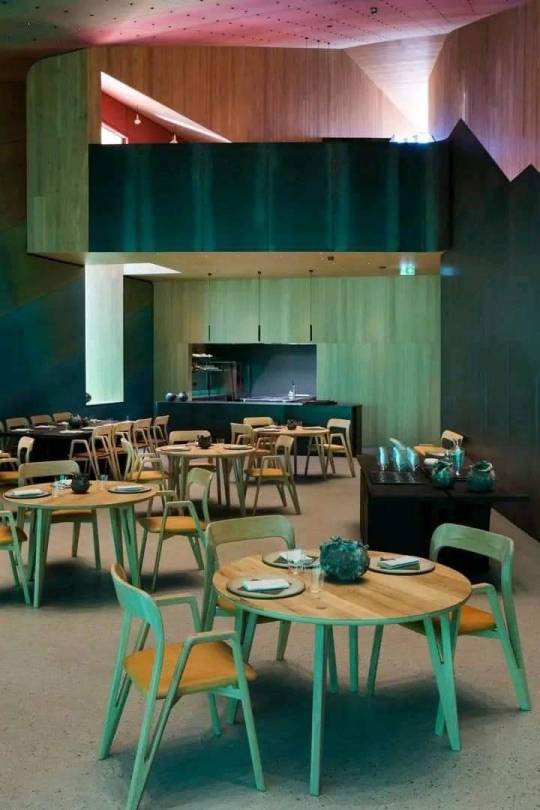
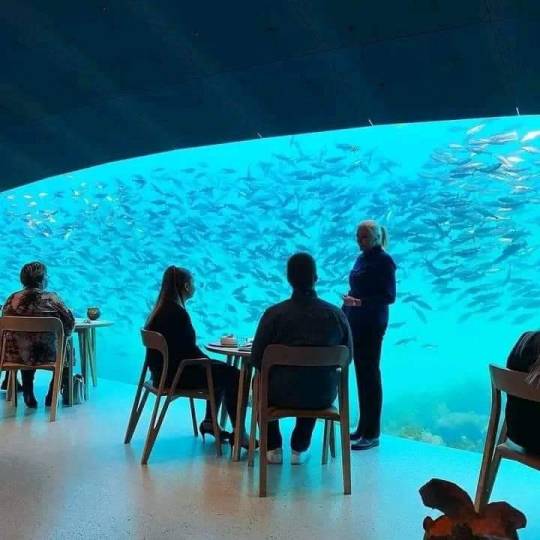
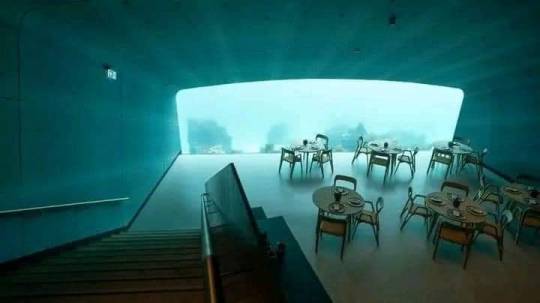
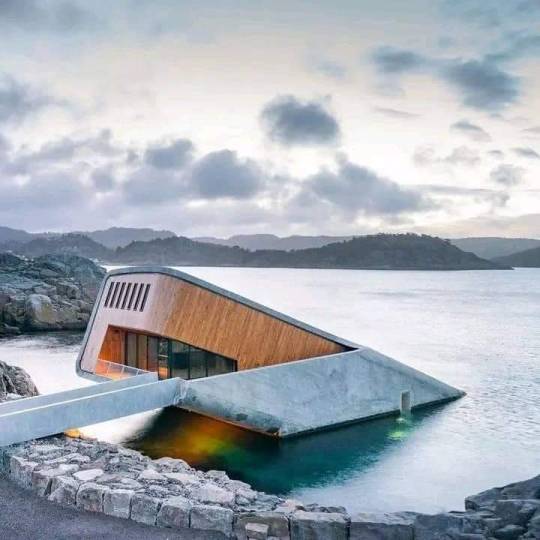


5 notes
·
View notes
Text
CHAPTER 6
OUR VOYAGE TO ICELAND
The hour of departure came at last. The night before, the worthy Mr. Thompson brought us the most cordial letters of introduction for Baron Trampe, Governor of Iceland, for M. Pictursson, coadjutor to the bishop, and for M. Finsen, mayor of the town of Reykjavik. In return, my uncle nearly crushed his hands, so warmly did he shake them.
On the second of the month, at two in the morning, our precious cargo of luggage was taken on board the good ship Valkyrie. We followed, and were very politely introduced by the captain to a small cabin with two standing bed places, neither very well ventilated nor very comfortable. But in the cause of science men are expected to suffer.
"Well, and have we a fair wind?" cried my uncle, in his most mellifluous accents.
"An excellent wind!" replied Captain Bjarne; "we shall leave the Sound, going free with all sails set."
A few minutes afterwards, the schooner started before the wind, under all the canvas she could carry, and entered the channel. An hour later, the capital of Denmark seemed to sink into the waves, and we were at no great distance from the coast of Elsinore. My uncle was delighted; for myself, moody and dissatisfied, I appeared almost to expect a glimpse of the ghost of Hamlet.
"Sublime madman," thought I, "you doubtless would approve our proceedings. You might perhaps even follow us to the centre of the earth, there to resolve your eternal doubts."
But no ghost or anything else appeared upon the ancient walls. The fact is, the castle is much later than the time of the heroic prince of Denmark. It is now the residence of the keeper of the Strait of the Sound, and through that Sound more than fifteen thousand vessels of all nations pass every year.
The castle of Kronborg soon disappeared in the murky atmosphere, as well as the tower of Helsinborg, which raises its head on the Swedish Bank. And here the schooner began to feel in earnest the breezes of the Kattegat. The Valkyrie was swift enough, but with all sailing boats there is the same uncertainty. Her cargo was coal, furniture, pottery, woolen clothing, and a load of corn. As usual, the crew was small, five Danes doing the whole of the work.
"How long will the voyage last?" asked my uncle.
"Well, I should think about ten days," replied the skipper, "unless, indeed, we meet with some northeast gales among the Faroe Islands."
"At all events, there will be no very considerable delay," cried the impatient Professor.
"No, Mr. Hardwigg," said the captain, "no fear of that. At all events, we shall get there some day."
Towards evening the schooner doubled Cape Skagen, the northernmost part of Denmark, crossed the Skagerrak during the night—skirted the extreme point of Norway through the gut of Cape Lindesnes, and then reached the Northern Seas. Two days later we were not far from the coast of Scotland, somewhere near what Danish sailors call Peterhead, and then the Valkyrie stretched out direct for the Faroe Islands, between Orkney and Shetland. Our vessel now felt the full force of the ocean waves, and the wind shifting, we with great difficulty made the Faroe Isles. On the eighth day, the captain made out Myganness, the westernmost of the isles, and from that moment headed direct for Portland, a cape on the southern shores of the singular island for which we were bound.
The voyage offered no incident worthy of record. I bore it very well, but my uncle to his great annoyance, and even shame, was remarkably seasick! This mal de mer troubled him the more that it prevented him from questioning Captain Bjarne as to the subject of Sneffels, as to the means of communication, and the facilities of transport. All these explanations he had to adjourn to the period of his arrival. His time, meanwhile, was spent lying in bed groaning, and dwelling anxiously on the hoped—for termination of the voyage. I didn't pity him.
On the eleventh day we sighted Cape Portland, over which towered Mount Myrdals Yokul, which, the weather being clear, we made out very readily. The cape itself is nothing but a huge mount of granite standing naked and alone to meet the Atlantic waves. The Valkyrie kept off the coast, steering to the westward. On all sides were to be seen whole "schools" of whales and sharks. After some hours we came in sight of a solitary rock in the ocean, forming a mighty vault, through which the foaming waves poured with intense fury. The islets of Westman appeared to leap from the ocean, being so low in the water as scarcely to be seen until you were right upon them. From that moment the schooner was steered to the westward in order to round Cape Reykjanes, the western point of Iceland.
My uncle, to his great disgust, was unable even to crawl on deck, so heavy a sea was on, and thus lost the first view of the Land of Promise. Forty-eight hours later, after a storm which drove us far to sea under bare poles, we came once more in sight of land, and were boarded by a pilot, who, after three hours of dangerous navigation, brought the schooner safely to an anchor in the bay of Faxa before Reykjavik.
My uncle came out of his cabin pale, haggard, thin, but full of enthusiasm, his eyes dilated with pleasure and satisfaction. Nearly the whole population of the town was on foot to see us land. The fact was, that scarcely any one of them but expected some goods by the periodical vessel.
Professor Hardwigg was in haste to leave his prison, or rather as he called it, his hospital; but before he attempted to do so, he caught hold of my hand, led me to the quarterdeck of the schooner, took my arm with his left hand, and pointed inland with his right, over the northern part of the bay, to where rose a high two-peaked mountain—a double cone covered with eternal snow.
"Behold he whispered in an awe-stricken voice, behold—Mount Sneffels!"
Then without further remark, he put his finger to his lips, frowned darkly, and descended into the small boat which awaited us. I followed, and in a few minutes we stood upon the soil of mysterious Iceland!
Scarcely were we fairly on shore when there appeared before us a man of excellent appearance, wearing the costume of a military officer. He was, however, but a civil servant, a magistrate, the governor of the island—Baron Trampe. The Professor knew whom he had to deal with. He therefore handed him the letters from Copenhagen, and a brief conversation in Danish followed, to which I of course was a stranger, and for a very good reason, for I did not know the language in which they conversed. I afterwards heard, however, that Baron Trampe placed himself entirely at the beck and call of Professor Hardwigg.
My uncle was most graciously received by M. Finsen, the mayor, who as far as costume went, was quite as military as the governor, but also from character and occupation quite as pacific. As for his coadjutor, M. Pictursson, he was absent on an episcopal visit to the northern portion of the diocese. We were therefore compelled to defer the pleasure of being presented to him. His absence was, however, more than compensated by the presence of M. Fridriksson, professor of natural science in the college of Reykjavik, a man of invaluable ability. This modest scholar spoke no languages save Icelandic and Latin. When, therefore, he addressed himself to me in the language of Horace, we at once came to understand one another. He was, in fact, the only person that I did thoroughly understand during the whole period of my residence in this benighted island.
Out of three rooms of which his house was composed, two were placed at our service, and in a few hours we were installed with all our baggage, the amount of which rather astonished the simple inhabitants of Reykjavik.
"Now, Harry," said my uncle, rubbing his hands, "an goes well, the worse difficulty is now over."
"How the worse difficulty over?" I cried in fresh amazement.
"Doubtless. Here we are in Iceland. Nothing more remains but to descend into the bowels of the earth."
"Well, sir, to a certain extent you are right. We have only to go down—but, as far as I am concerned, that is not the question. I want to know how we are to get up again."
"That is the least part of the business, and does not in any way trouble me. In the meantime, there is not an hour to lose. I am about to visit the public library. Very likely I may find there some manuscripts from the hand of Saknussemm. I shall be glad to consult them."
"In the meanwhile," I replied, "I will take a walk through the town. Will you not likewise do so?"
"I feel no interest in the subject," said my uncle. "What for me is curious in this island, is not what is above the surface, but what is below."
I bowed by way of reply, put on my hat and furred cloak, and went out.
It was not an easy matter to lose oneself in the two streets of Reykjavik; I had therefore no need to ask my way. The town lies on a flat and marshy plain, between two hills. A vast field of lava skirts it on one side, falling away in terraces towards the sea. On the other hand is the large bay of Faxa, bordered on the north by the enormous glacier of Sneffels, and in which bay the Valkyrie was then the only vessel at anchor. Generally there were one or two English or French gunboats, to watch and protect the fisheries in the offing. They were now, however, absent on duty.
The longest of the streets of Reykjavik runs parallel to the shore. In this street the merchants and traders live in wooden huts made with beams of wood, painted red—mere log huts, such as you find in the wilds of America. The other street, situated more to the west, runs toward a little lake between the residences of the bishop and the other personages not engaged in commerce.
I had soon seen all I wanted of these weary and dismal thoroughfares. Here and there was a strip of discolored turf, like an old worn-out bit of woolen carpet; and now and then a bit of kitchen garden, in which grew potatoes, cabbage, and lettuce, almost diminutive enough to suggest the idea of Lilliput.
In the centre of the new commercial street, I found the public cemetery, enclosed by an earthen wall. Though not very large, it appeared not likely to be filled for centuries. From hence I went to the house of the Governor—a mere hut in comparison with the Mansion House of Hamburg—but a palace alongside the other Icelandic houses. Between the little lake and the town was the church, built in simple Protestant style, and composed of calcined stones, thrown up by volcanic action. I have not the slightest doubt that in high winds its red tiles were blown out, to the great annoyance of the pastor and congregation. Upon an eminence close at hand was the national school, in which were taught Hebrew, English, French, and Danish.
In three hours my tour was complete. The general impression upon my mind was sadness. No trees, no vegetation, so to speak—on all sides volcanic peaks—the huts of turf and earth—more like roofs than houses. Thanks to the heat of these residences, grass grows on the roof, which grass is carefully cut for hay. I saw but few inhabitants during my excursion, but I met a crowd on the beach, drying, salting and loading codfish, the principal article of exportation. The men appeared robust but heavy; fair-haired like Germans, but of pensive mien—exiles of a higher scale in the ladder of humanity than the Eskimos, but, I thought, much more unhappy, since with superior perceptions they are compelled to live within the limits of the Polar Circle.
Sometimes they gave vent to a convulsive laugh, but by no chance did they smile. Their costume consists of a coarse capote of black wool, known in Scandinavian countries as the "vadmel," a broad-brimmed hat, trousers of red serge, and a piece of leather tied with strings for a shoe—a coarse kind of moccasin. The women, though sad-looking and mournful, had rather agreeable features, without much expression. They wear a bodice and petticoat of somber vadmel. When unmarried they wear a little brown knitted cap over a crown of plaited hair; but when married, they cover their heads with a colored handkerchief, over which they tie a white scarf.
2 notes
·
View notes
Text
Lindesnes Trekkspillklubb - Bergen, Norway | 20 Apr, 2024.
Find out more / Tickets on sale.
0 notes
Text
I just came across the place name Lindisfarne as the place Vikings first attacked so I had to look up where it was. Naturally it's in the most northeastern part of England. I tried to draw a mental line to a place in Scandinavia where the Vikings would have come from (why they chose Lindisfarne) and discounting Denmark, I saw the closest place in Norway was Lindesnes, which is a nice coincidence.
But never one to let a good coincidence be wasted, I looked into the meanings of the words. No one knows where Lindisfarne came from but the lindes part of Lindesnes came from líða, which meant "go to the end" or "lead to the end." It is at the southwest point of Norway. The nes part means "headland," a rocky coastal promontory (which I also had to look up because headland is not a word used in the US or at least the parts of the US I've lived in).
So naturally the gears started spinning in my head and I wondered if the two names were a matching set marking the beginning and end of a sea route. After poking around for an Old English word for voyage I found that færeld is an Old English word for journey. The Old Norse equivalent is ferð.
Given the way place names change, that's close enough for me (of course, the way place names change may be more regular than I imagine and færeld and ferð might be excluded as possibilities on linguistic grounds).
But now I'm creating this brand new folk etymology where Lindesnes is the "headland end" of the voyage between Norway and England and Lindisfarne is the "journey's end." (Wikipedia says Lindesnes is the end of Norway but what it's the end of depends on where you start.)
It's fun to speculate. I'm not asking anyone to take this seriously. But, you know, wouldn't it be cool.
1 note
·
View note
Text
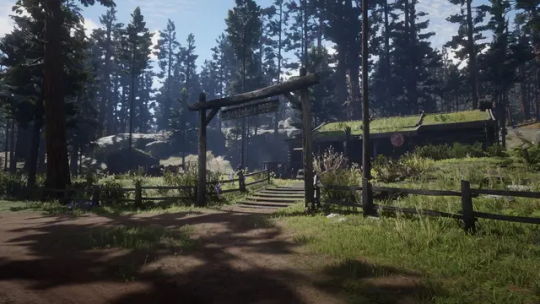
The Manzanita Outpost is a location in Red Dead Redemption 2. The location also exists in Red Dead Online and the original Red Dead Redemption, but the second installation of the series includes a Norwegian-inspired narrative.
The player character is able to interact with several non-player characters that are supposed to be Norwegian settlers from Korshamn, a southern island part of today's Lyngdal municipality (Norwegian: "kommune") and Agder county ("fylke"), in the southern-most part of Norway.
Upon reviewing a YouTube video showcasing some of the non-player character banter, I am not immediately offended by their accents when speaking English. However, much like an author who doesn't know how to write bilingual characters, they switch from solid English to random Norwegian sentences on a line-to-line basis.
It sounds as if most of the voice actors are capable of speaking Norwegian, though seem to mostly be from the capital. Yours truly lives somewhat close to Lyngdal, and it is quite jarring to hear the voices of these 1800s–early 1900s Norwegians, supposedly from a small village far from the capital, speak with a modern Oslo dialect. It's worth noting that Lyngdal and Oslo are about five hours apart by driving today, or four days of walking (according to Google Maps). This also somewhat extends to their accents in English, though Some of the lines they're saying are also a bit strange, such as the farewells "Ta vare på deg selv!" ("Take care of yourself!") and "Ses snart!" (approx. "See you soon!"). The latter line is also delivered oddly, even if Oslo-influenced, and I would request a retake if I were there. The worst offender, which I suspect is not given a Norwegian voice actor, is the blonde character in a blue tunic (viking clothes?).
The game also features Norwegian text in the form of a newspaper clipping and a handwritten note. While the text is mostly grammatically correct by today's standard, this was before many language reforms that lead to the modern day Norwegian Bokmål and Norwegian Nynorsk. Comparing with a newspaper from the nearby Lindesnes in 1984, among the errors are av ("of") instead of the then-present af, the usage of the letter å instead of the then-present aa, and fellesskap instead of the then-present fællesskab. The font used in the newspaper clipping is also very modern, and especially the letter s looks surprising. A minor gripe, the article's title, "Grusomme Drap i Lyngdal", is expected to be non-capitalized, such as "Grusomme drap i Lyngdal".
I have not dissected the handwritten note as closely, the perfectly circular circle on top of the letter å is incredibly funny to me.
Verdict: Their asses ARE Norwegian, but lazily so.
The characters' language has no semblance of when or where they're from. I would expect them to, if not copying an older Lyngdal dialect, at least mimic the modern equivalent. The least they could do is hire actors who are willing to use a dialect from the former county Vest-Agder or Agder as a whole. They should also have taken inspiration from newspapers and written language at the time. The whole thing seems naïvely executed to me.
#manzanita outpost#red dead redemption 2#rdr2#red dead redemption#rdr#Lyngdal#Agder#verdict is norwegian#minimal effort
1 note
·
View note
Text
Dienstag 19.9.2023
Unser Parkplatz am Yachthafen von Stavanger ist morgens schon ziemlich laut, aber die Sonne kämpft sich kurz durch die Wolken.
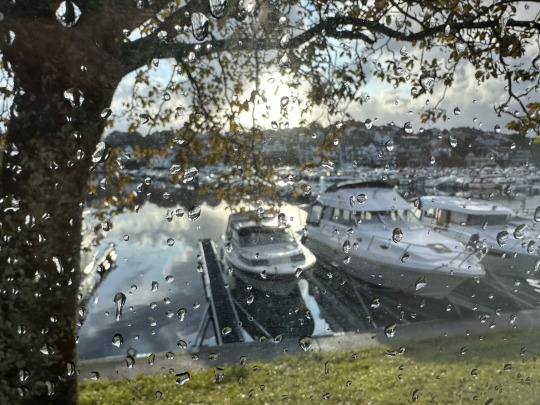
Wir fahren Richtung Süden und entdecken die Panoramaroute Jæren, die entlang der südlichen Atlantik Küste führt und uns von Stränden zu Häfen und zu Leuchttürmen führt.
Wir machen einige Stopps, schöne Spaziergänge entlang von Sandstränden und frühstücken in einer kleinen Hafenbucht.
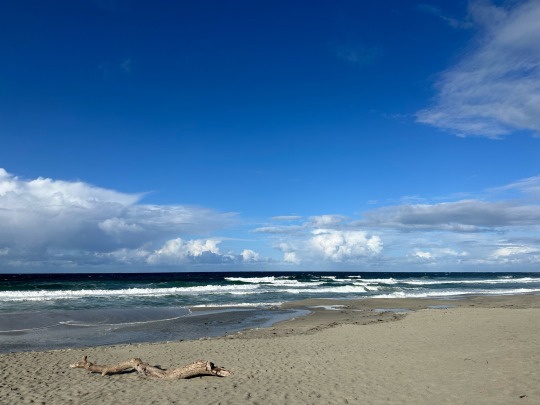

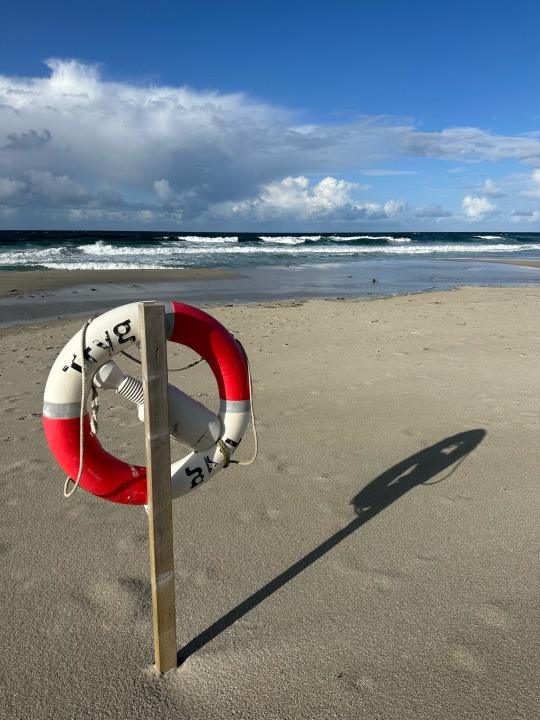
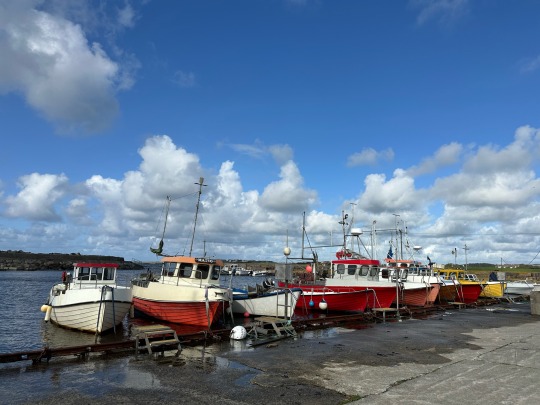
Unser Ziel für heute ist der südlichste Punkt des norwegischen Festlandes. Dort befindet sich Lindesnes Fyr, Norwegens ältestes Leuchtfeuer und einzig bemannter Leuchtturm.
2518 Strassen Kilometer trennen diesen Ort vom nördlichsten Punkt des Landes, dem Nordkap.
Wir stehen hier auf dem Parkplatz, entdecken die Wehranlangen rund um den Leuchtturm und grillen dann noch den letzten norwegischen Lachs vor der Abreise Richtung Süden.
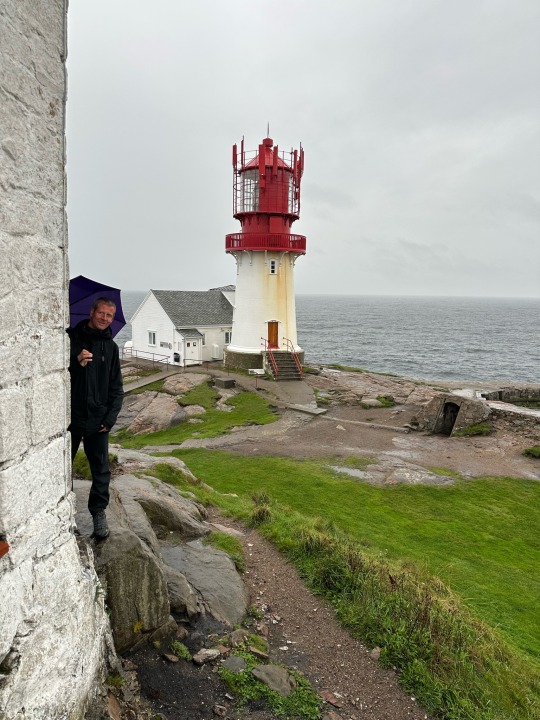

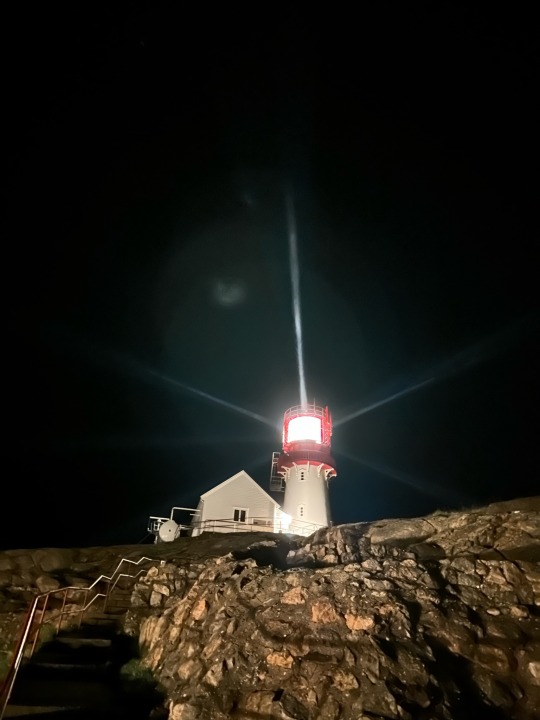
1 note
·
View note
Text

Mandal Innebandy Klubb, "MIBK", Norge, Mandal, Lindesnes Kommune
0 notes
Text
Fra vårt hovedkontor i Oslo leverer vi kandidater til hele landet, fra Bodø i nord til Lindesnes i Sør. Vi i Dreamwork har spesialisert oss i kommersielle stillinger innen privat sektor.
Finn ledige stillinger i Oslo
0 notes
Text
The underwater restaurant in Lindesnes. Norway 🇳🇴
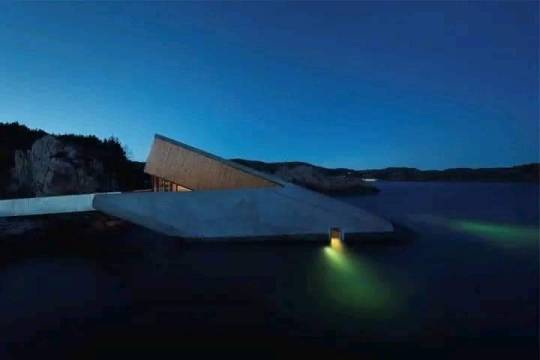
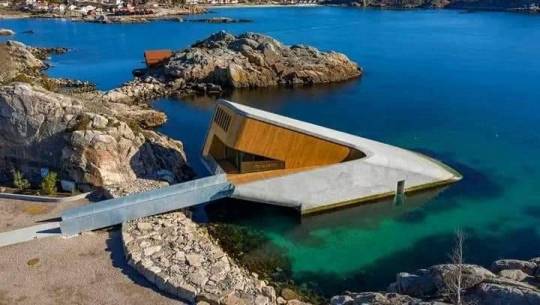
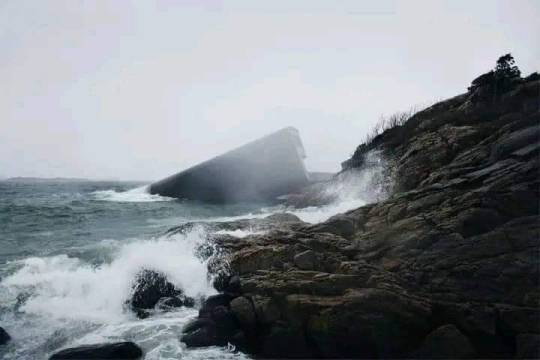
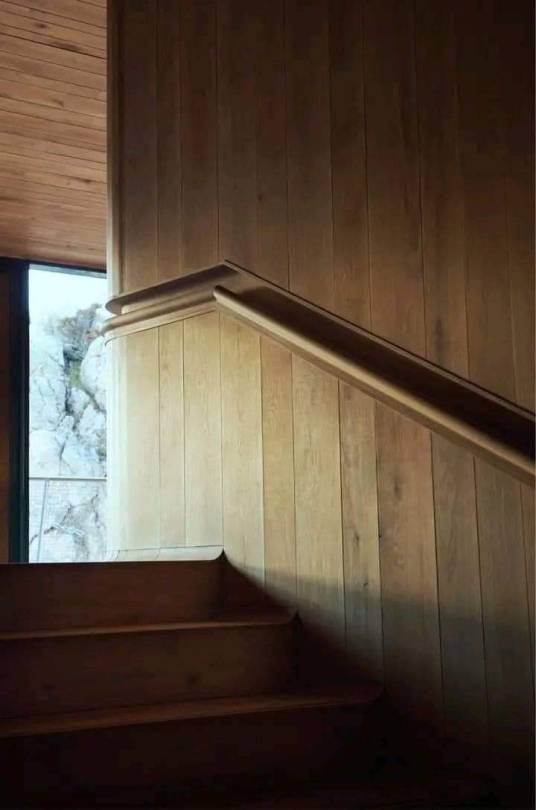
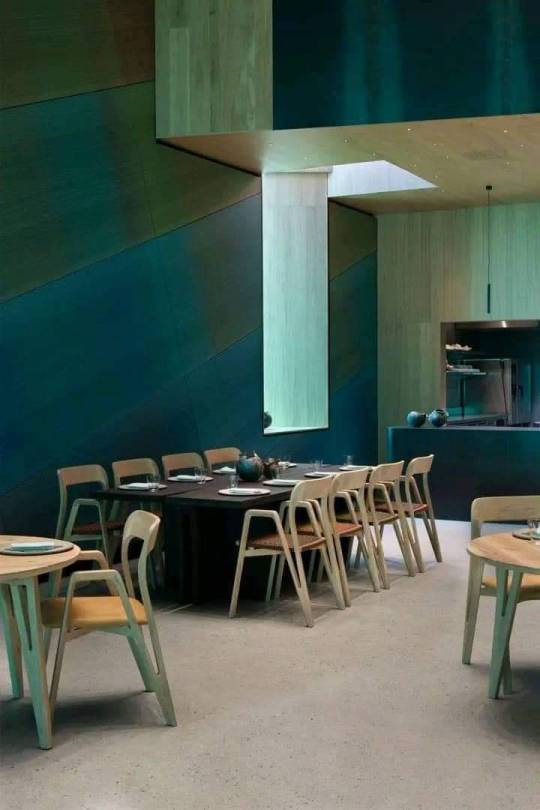
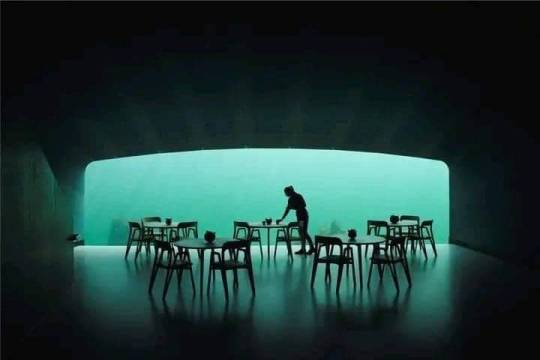
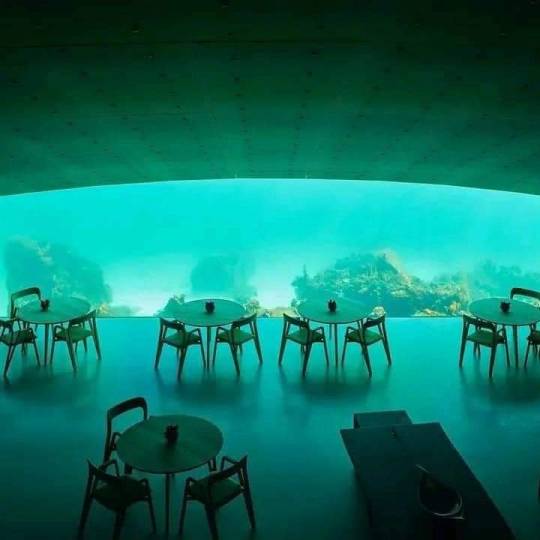

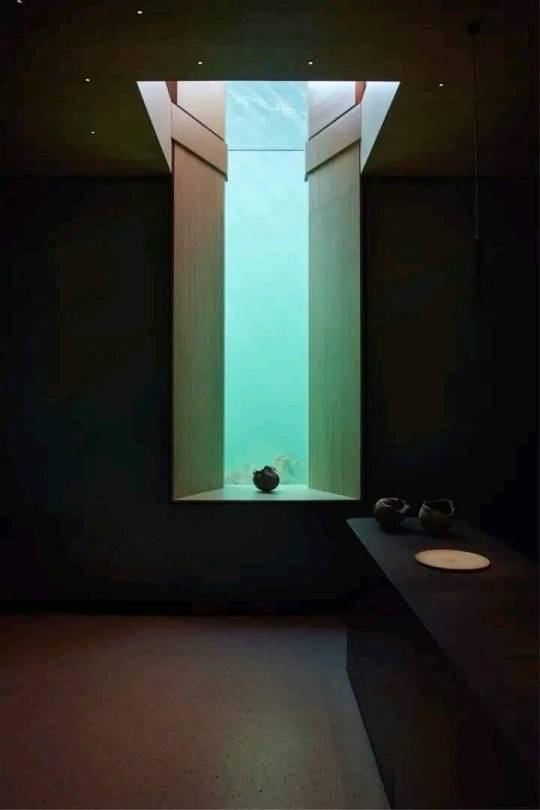

2 notes
·
View notes
Photo

Lindesnes by Torehegg https://flic.kr/p/2omf2wh
0 notes

